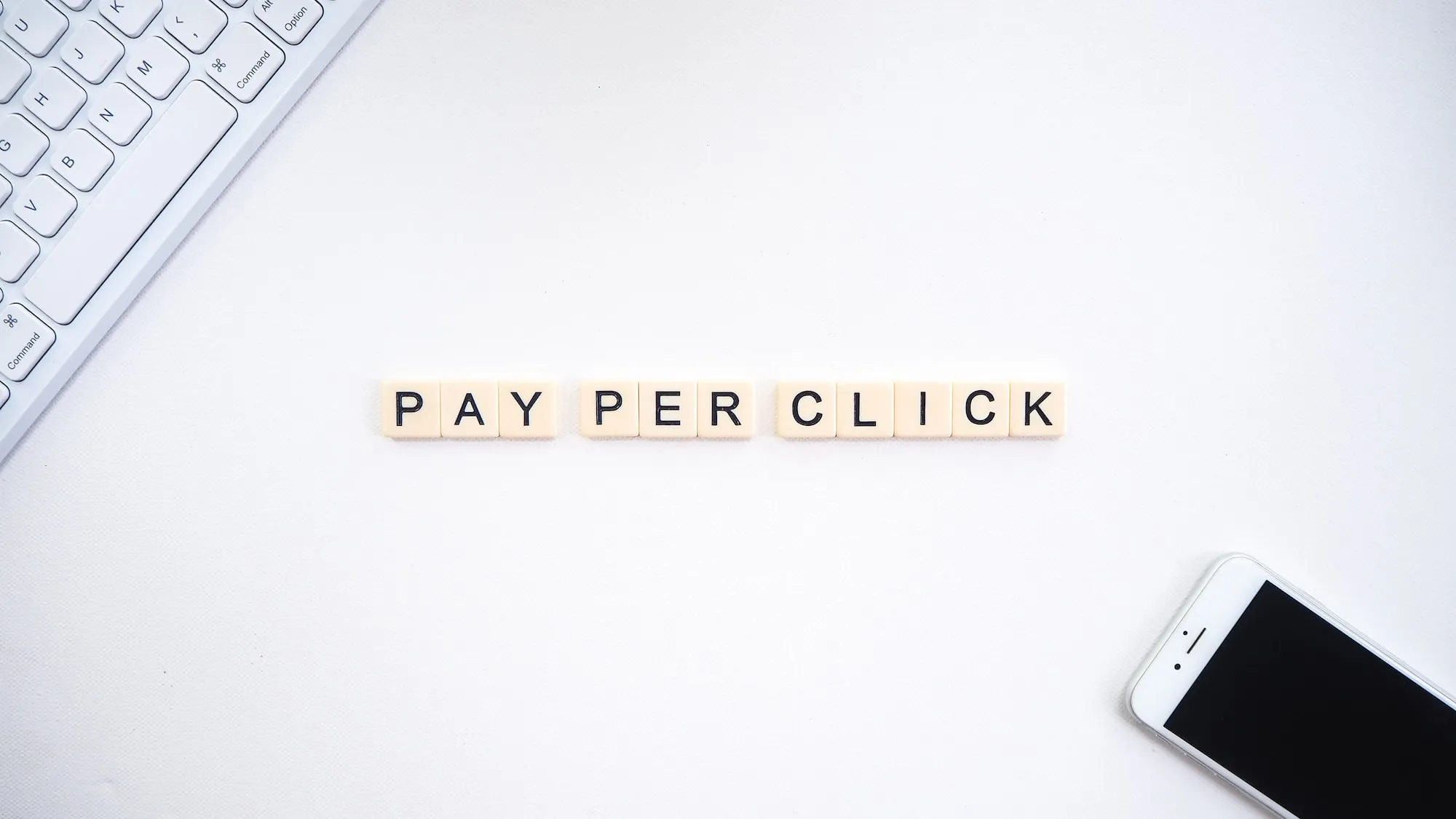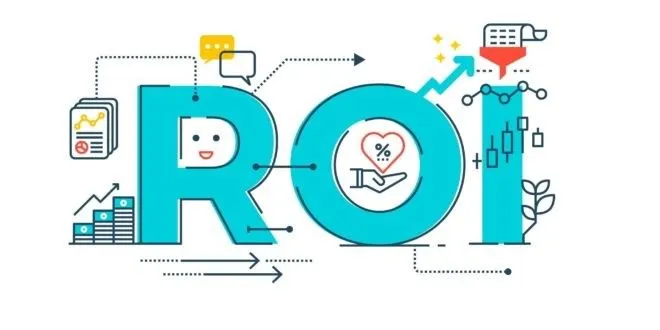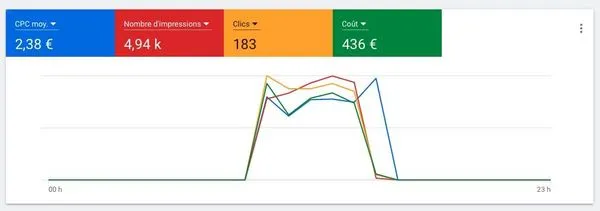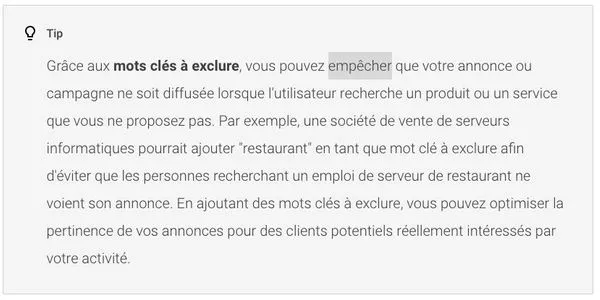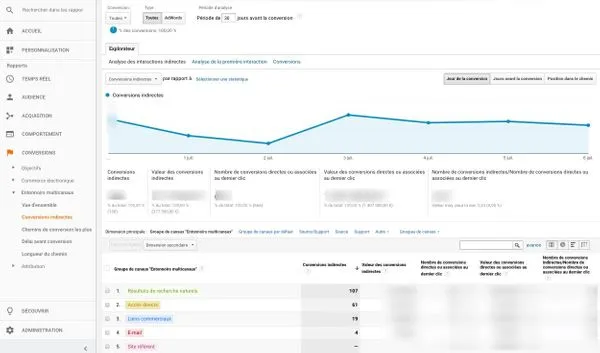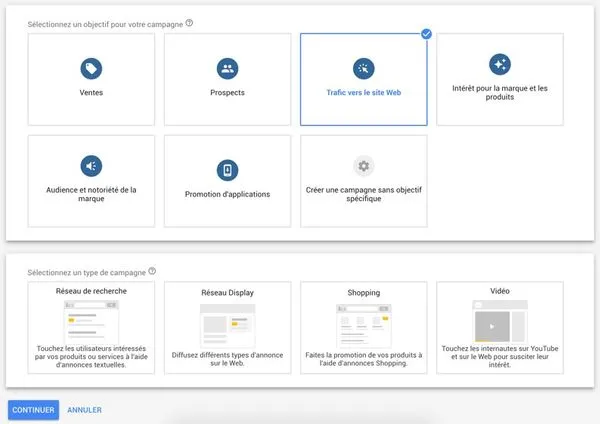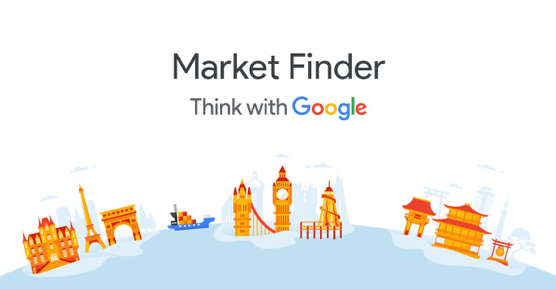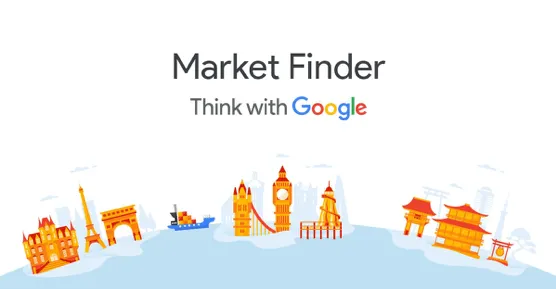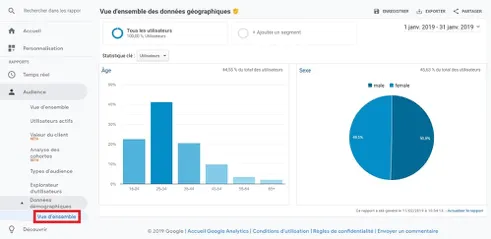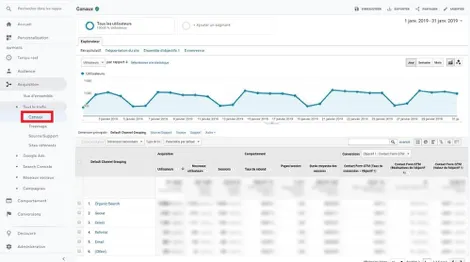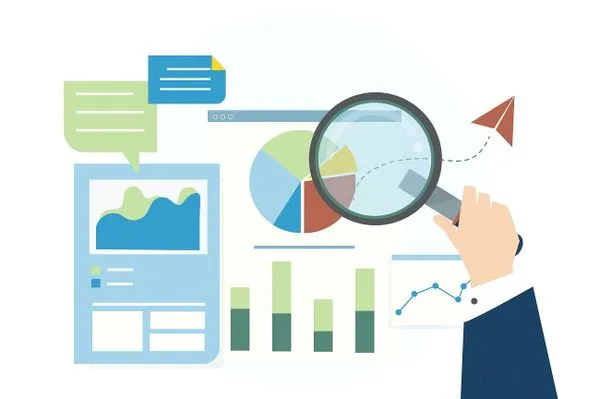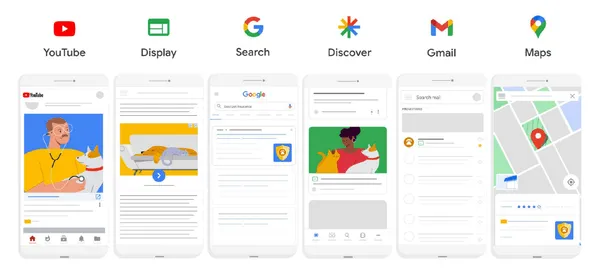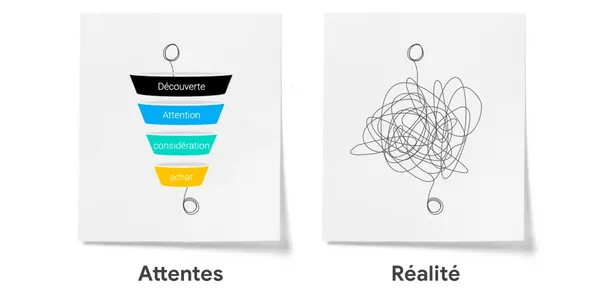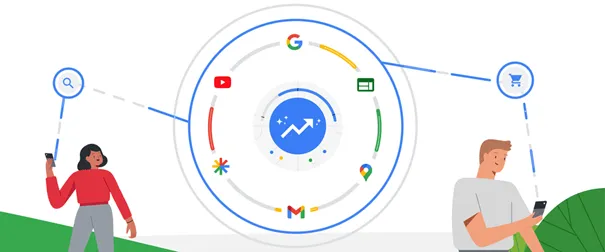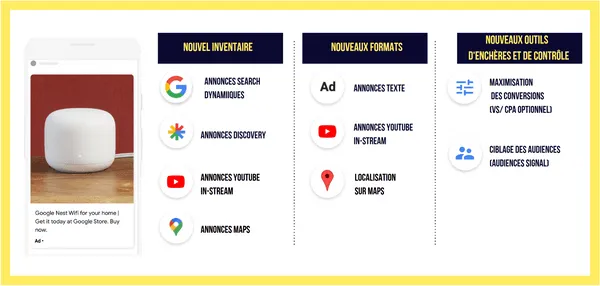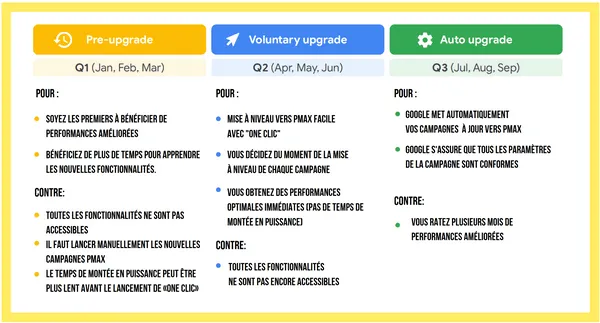Recently, we covered the subject of Google Ads taking control after COVID, as well as Google Ads Smart Bidding.
To take things a step further, we felt it essential to address the issue of performance measurement.
How do you measure your performance on Google Ads?
Of course, a good SEA strategy can’t be conceived without an in-depth analysis of the numbers and behavior of your ads.
How to measure your return on investment? How can you easily and effectively measure your performance on Google Ads? We’ll answer all your questions.
How do you measure your return on investment (ROI)?
Whatever your reason for using Google Ads (increasing sales, getting more leads, etc.), it’s important to always keep your ROI in mind.
Without monitoring this aspect of your SEA strategy, you won’t be able to see the real effect of your investments.
And first of all, on Google Ads, in order to calculate your ROI, you absolutely need to know your costs (advertising, but also manufacturing if applicable).
- You can also apply the following calculation:
ROI = (Margin – Advertising cost) / Advertising cost - If you want to calculate your ROAS (return on advertising investment) you can do so as follows:
ROAS = Revenue (e.g. from Google Ads) / Advertising cost
Track your Google Ads conversions and revenues
Google Ads provides you with a campaign management and analysis tool, so you can track your conversions precisely.
This enables you to determine how many clicks have actually generated conversions. This way, you can find out whether a product, keyword or ad is profitable for your business.
Of course, the value of each conversion must be greater than what you spent.
Sample Google Ads report
Why measure your Google Ads performance?
Get more visits
Measuring your performance as part of your SEA strategy gives you the means to achieve your objectives.
Do you want more traffic to your website? Then you need to focus on increasing clicks and click-through rates.
Keeping track of these figures will tell you whether your current strategy is working: campaigns and ad groups by theme or brand, lists of keywords around the same theme, careful ad copywriting, and so on.
Increase sales and conversions
To set new sales targets, you need to track conversions and revenue on Google Ads.
A product on Google Shopping or a keyword in your text ads that works very well leads to a large number of conversions, while on the other hand, you may find that certain products or keywords are ineffective.
It’s time to invest in the products and search terms that bring you the highest returns.
You also need to make sure that your campaigns link to the right pages and products.
Indirect conversions report – Google Analytics
Increase your brand awareness
Do you want to raise your profile? Launch a brand?
It’s theincrease in impression volume that you’ll need to study closely, as well as customer engagement, audience size and frequency of use.
Your SEA strategy should be based on Google Ads campaigns designed to reach as many of your target audience as possible.
What’s more, you also want to encourage web users to interact with your content as much as possible: keep a close eye on the click-through rates (CTR) of your campaigns.
Google Ads campaign objectives
SEA strategy: improve your ROI
In conclusion, if you want to succeed with your SEA strategy, you need to monitor your Google Ads on a regular basis.
Most important of all? Without doubt, being able to identify campaigns that generate few conversions, so that you can rework them or remove them permanently.

